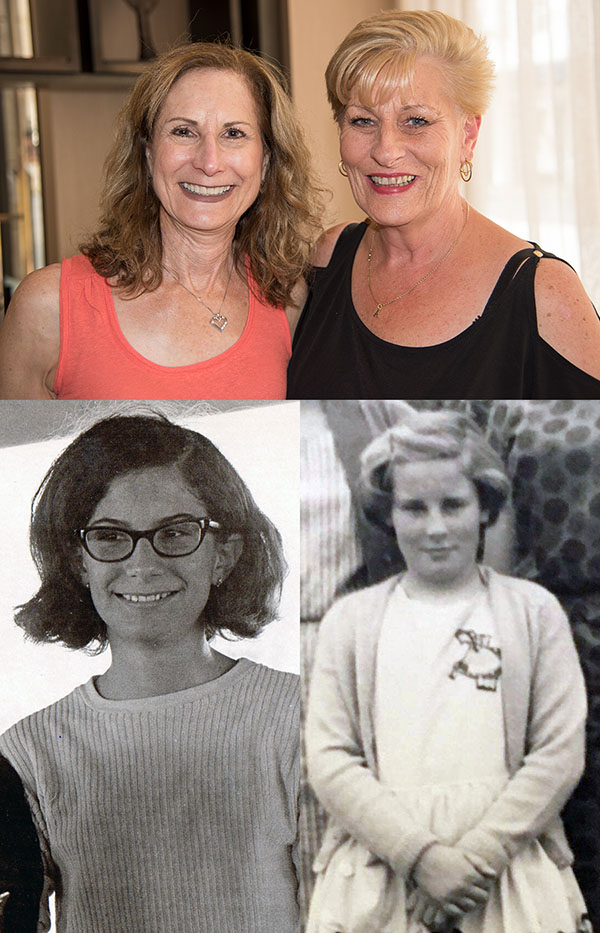 Most all of the fun things we did as little kids were instigated by my Grandparents. Between raising four kids and working constantly to pay for the opportunity our parents were left spent, angry and not that into family-time trips. We did try it a few times but it seems like the trips always ended with someone crying, my parents arguing or a small child missing an arm. With only 16 limbs between us we had to be careful and husband our togetherness for fear of running out.
Most all of the fun things we did as little kids were instigated by my Grandparents. Between raising four kids and working constantly to pay for the opportunity our parents were left spent, angry and not that into family-time trips. We did try it a few times but it seems like the trips always ended with someone crying, my parents arguing or a small child missing an arm. With only 16 limbs between us we had to be careful and husband our togetherness for fear of running out.
Things were very different with Gran and Gramps. We were allowed to sleep over every weekend during which we attempted to destroy their house and any of their valuable keepsakes not made from solid iron. Maybe because of our destructiveness they acted as if they liked taking us on adventures. Camping with one hundred million mosquitos at Fish Eating Creek, going to The Monkey Jungle where the people are in cages and the apes run free, and picnics at Crandon Park beach were commonplace events. We had it made.
Twice a year Gramps would take us to Daytona for the stock car races. This was back when the cars resembled production models and ran modified production engines. There was none of this Staged racing or Playoffs. We went to Daytona to see the race. It didn’t matter to us who had the most points or won the season championship because Daytona was a championship all by itself. If you asked the drivers of that era to choose between winning the Daytona 500 or winning all the other races on the schedule I bet you’d have some takers for the 500.
 We always bought infield tickets. Camping at the Daytona Speedway was included with infield tickets so we immersed ourselves in the racing and never had to leave. Gramps had a late 1960’s Ford window van with a 6-cylinder, 3-on-the-tree drivetrain. The van was fitted out inside with a bed and had a table that pivoted off the forward-most side door. To give us a better view of the racing Gramps built a roof rack out of 1” tubing. The rack had a ¾” plywood floor and was accessed via a removable ladder that hung from the rack over the right rear bumper.
We always bought infield tickets. Camping at the Daytona Speedway was included with infield tickets so we immersed ourselves in the racing and never had to leave. Gramps had a late 1960’s Ford window van with a 6-cylinder, 3-on-the-tree drivetrain. The van was fitted out inside with a bed and had a table that pivoted off the forward-most side door. To give us a better view of the racing Gramps built a roof rack out of 1” tubing. The rack had a ¾” plywood floor and was accessed via a removable ladder that hung from the rack over the right rear bumper.
At each corner and in between the corners of the roof deck were short tubes that a rope railing system fitted inside. Metal uprights slid into the short tubes and were secured by ¼-20 nuts and bolts. Rope was strung through the uprights and snugged making for a passable handrail. The railing was an attempt to keep little kids from falling off the roof of the van. Once the ladder was in place and the railing installed we would bring up chairs and a cooler. A portable AM radio provided a running commentary of the race progress. We took turns listening. It was a wonderful way to watch the races.
Back then Gramps was in what we call his silver and red period, not to be confused with his red and green period. Everything he built in that era was painted either silver or red. For some reason Gramps preferred a bargain basement silver paint that dried into a soft, chalky coating that never really hardened. The whole roof deck was painted silver except for the sockets that the uprights fitted into. Those were painted red. The stark contrast made it easy to locate the sockets.
 When you would climb the ladder to the upper deck your hands would pick up silver paint. If you sat on the deck your pants would turn silver. If you rubbed your nose like little kids do your nose would turn silver. It was like Gramps painted the deck with Never-Seez. After a full day of racing we looked like little wads of Reynolds Wrap.
When you would climb the ladder to the upper deck your hands would pick up silver paint. If you sat on the deck your pants would turn silver. If you rubbed your nose like little kids do your nose would turn silver. It was like Gramps painted the deck with Never-Seez. After a full day of racing we looked like little wads of Reynolds Wrap.
 Our camp stove was a two-burner alcohol fueled unit that, incomprehensibly, used a glass jar to contain the alcohol. Even to my 10 year-old eyes the thing looked like a ticking time bomb so I kept my distance while gramps lit matches and cussed at the stove.
Our camp stove was a two-burner alcohol fueled unit that, incomprehensibly, used a glass jar to contain the alcohol. Even to my 10 year-old eyes the thing looked like a ticking time bomb so I kept my distance while gramps lit matches and cussed at the stove.
The alcohol stove took forever to light, requiring just the perfect draft. The slightest breeze would extinguish the flame. Once lit it didn’t make much heat. Our eggs were always runny and cold. It took 3 hours to cook bacon. The plates Gramps passed out to our tiny silver hands were made from aluminum. Any residual background heat remaining from the Big Bang was quickly transferred from the food to plate ensuring everything was uniformly gross.
Gramps found great pleasure in our complaints about his food. He would smile and chuckle at us if we asked for our eggs hot. When we wished aloud for Granny to be there to make the food he really got a belly laugh. He prided himself on cooking poorly. I never understood why we had the stove in the first place. Peanut butter and jelly sandwiches would have been a lot easier and way more appetizing.
After the races were over it took forever to clear the infield. We took our time breaking down the upper deck, putting away the camping chairs and the stove and coating every surface we came in contact with a fine, silver dusting of color. I don’t know why I remember these things so clearly. It must be that silver paint, that chalky texture. I can close my eyes and feel the dry, talc-like residue on my hands even now.
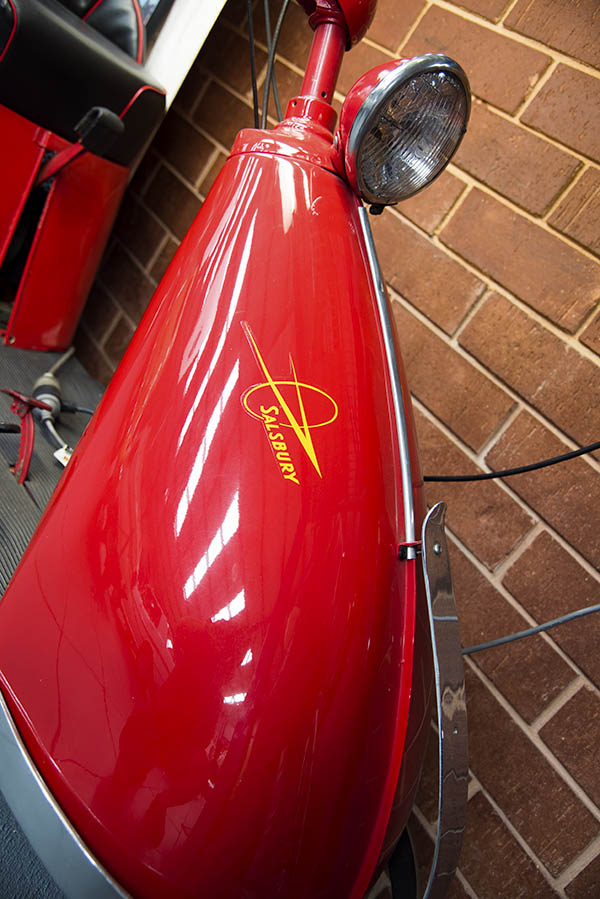

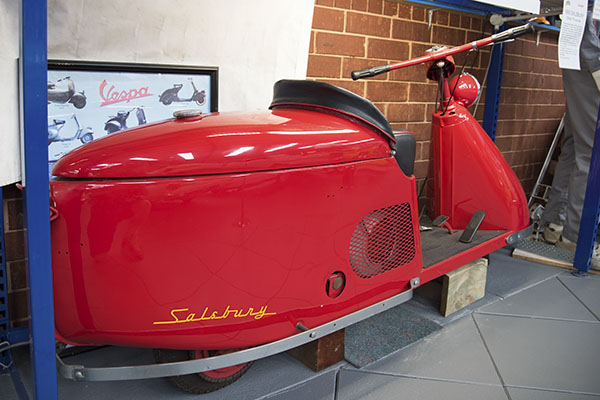
 It was cool seeing a Salsbury, and doubly-cool seeing it in Australia. Imagine that…a product made in my own back yard, and seeing it on the other side of the world in Australia.
It was cool seeing a Salsbury, and doubly-cool seeing it in Australia. Imagine that…a product made in my own back yard, and seeing it on the other side of the world in Australia.

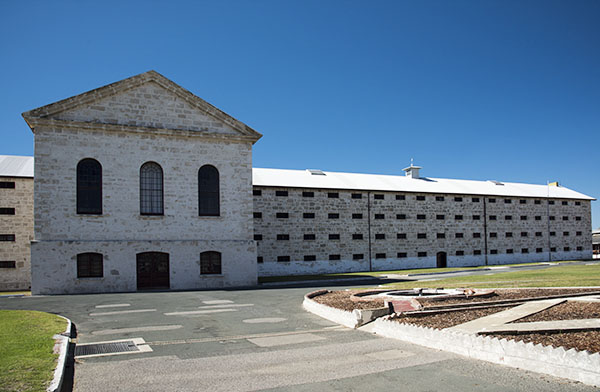
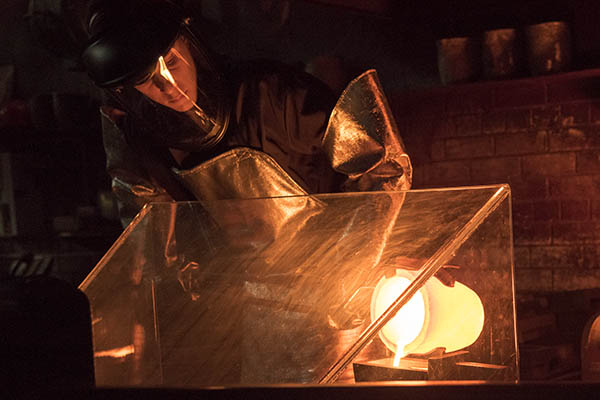



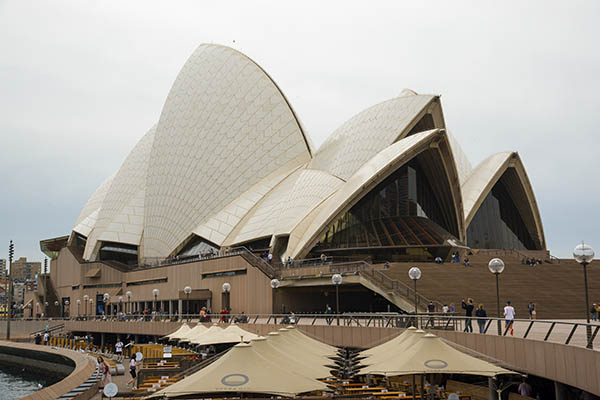
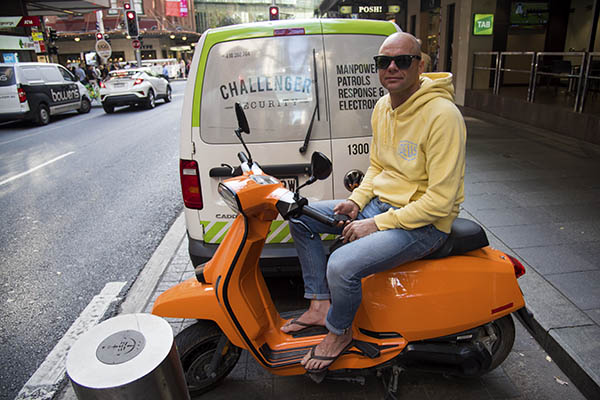

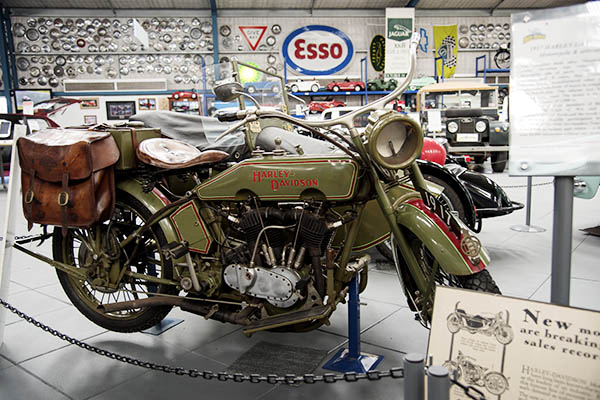
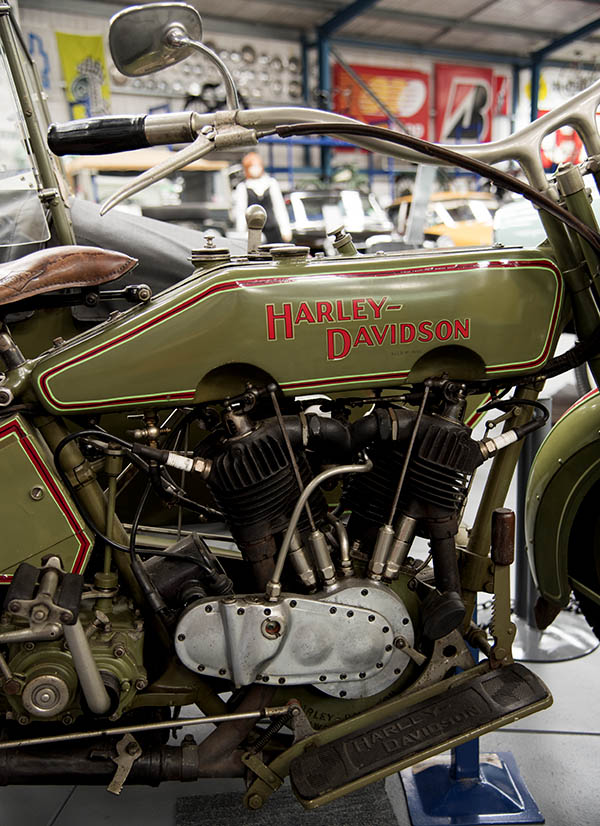
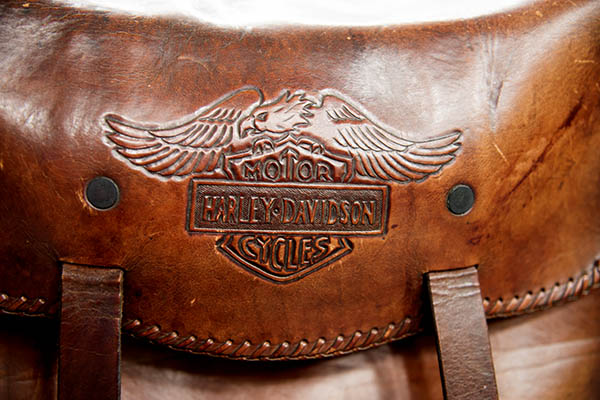
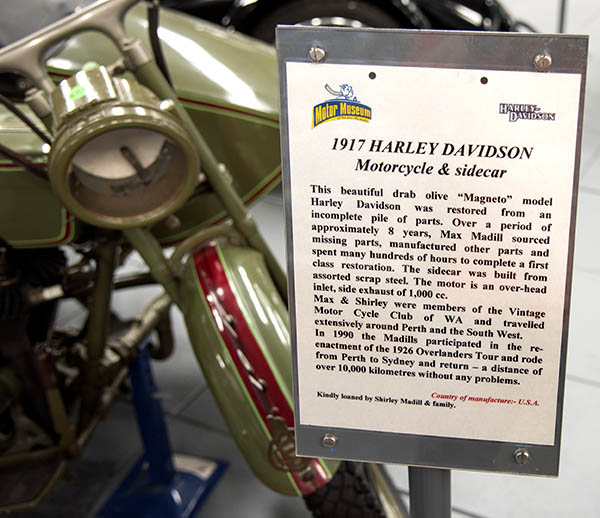
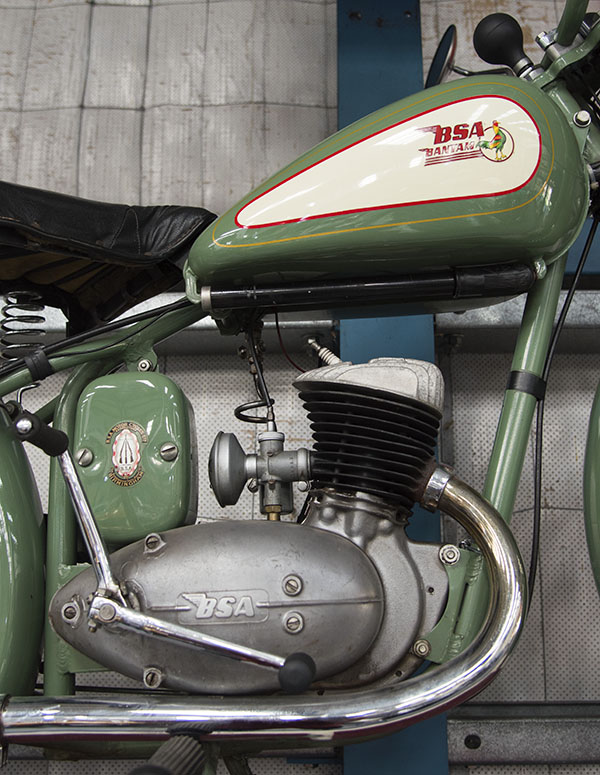 The bike you see above is a 1950 125cc two-stroke BSA Bantam, and it’s significant to me because in the late 1960s I actually owned one of those bikes. It was nowhere near as beautiful as the one you see here. My Bantam was painted kind of a rattlecan flat black, it had no muffler, and the lights didn’t work. I bought it for $30 with no title, I rode it in the fields behind our place for a month, and then I sold it for $50 after leaving it on the front lawn for a day with a For Sale sign. Grand times, those were. I didn’t even know the Bantam’s displacement back then, but I knew it was a Bantam, and the thing had a surprising amount of power. I guess that’s what two-strokes do, and it kind of explains good buddy Joe Gresh’s fascination with the oilers. It’s the only ring-a-ding-dinger I ever owned.
The bike you see above is a 1950 125cc two-stroke BSA Bantam, and it’s significant to me because in the late 1960s I actually owned one of those bikes. It was nowhere near as beautiful as the one you see here. My Bantam was painted kind of a rattlecan flat black, it had no muffler, and the lights didn’t work. I bought it for $30 with no title, I rode it in the fields behind our place for a month, and then I sold it for $50 after leaving it on the front lawn for a day with a For Sale sign. Grand times, those were. I didn’t even know the Bantam’s displacement back then, but I knew it was a Bantam, and the thing had a surprising amount of power. I guess that’s what two-strokes do, and it kind of explains good buddy Joe Gresh’s fascination with the oilers. It’s the only ring-a-ding-dinger I ever owned.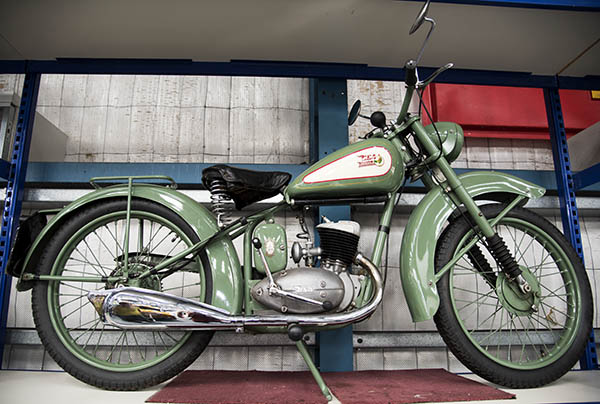
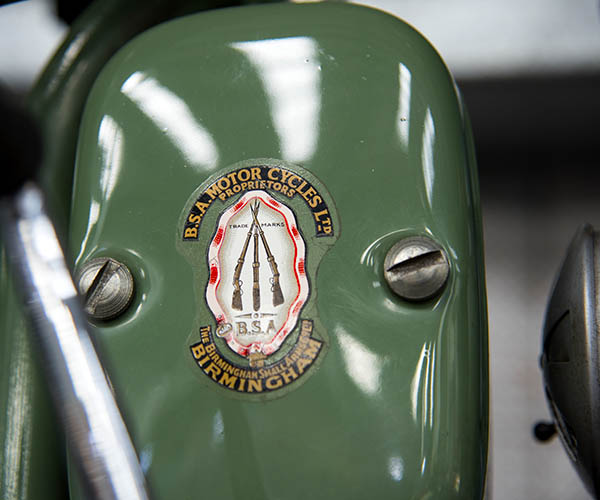
 Some of the old British motorcycles of the 1940s, 1950s, and even into the 1960s had magnificent mufflers. This one stood out.
Some of the old British motorcycles of the 1940s, 1950s, and even into the 1960s had magnificent mufflers. This one stood out.
 Most all of the fun things we did as little kids were instigated by my Grandparents. Between raising four kids and working constantly to pay for the opportunity our parents were left spent, angry and not that into family-time trips. We did try it a few times but it seems like the trips always ended with someone crying, my parents arguing or a small child missing an arm. With only 16 limbs between us we had to be careful and husband our togetherness for fear of running out.
Most all of the fun things we did as little kids were instigated by my Grandparents. Between raising four kids and working constantly to pay for the opportunity our parents were left spent, angry and not that into family-time trips. We did try it a few times but it seems like the trips always ended with someone crying, my parents arguing or a small child missing an arm. With only 16 limbs between us we had to be careful and husband our togetherness for fear of running out. We always bought infield tickets. Camping at the Daytona Speedway was included with infield tickets so we immersed ourselves in the racing and never had to leave. Gramps had a late 1960’s Ford window van with a 6-cylinder, 3-on-the-tree drivetrain. The van was fitted out inside with a bed and had a table that pivoted off the forward-most side door. To give us a better view of the racing Gramps built a roof rack out of 1” tubing. The rack had a ¾” plywood floor and was accessed via a removable ladder that hung from the rack over the right rear bumper.
We always bought infield tickets. Camping at the Daytona Speedway was included with infield tickets so we immersed ourselves in the racing and never had to leave. Gramps had a late 1960’s Ford window van with a 6-cylinder, 3-on-the-tree drivetrain. The van was fitted out inside with a bed and had a table that pivoted off the forward-most side door. To give us a better view of the racing Gramps built a roof rack out of 1” tubing. The rack had a ¾” plywood floor and was accessed via a removable ladder that hung from the rack over the right rear bumper. When you would climb the ladder to the upper deck your hands would pick up silver paint. If you sat on the deck your pants would turn silver. If you rubbed your nose like little kids do your nose would turn silver. It was like Gramps painted the deck with Never-Seez. After a full day of racing we looked like little wads of Reynolds Wrap.
When you would climb the ladder to the upper deck your hands would pick up silver paint. If you sat on the deck your pants would turn silver. If you rubbed your nose like little kids do your nose would turn silver. It was like Gramps painted the deck with Never-Seez. After a full day of racing we looked like little wads of Reynolds Wrap. Our camp stove was a two-burner alcohol fueled unit that, incomprehensibly, used a glass jar to contain the alcohol. Even to my 10 year-old eyes the thing looked like a ticking time bomb so I kept my distance while gramps lit matches and cussed at the stove.
Our camp stove was a two-burner alcohol fueled unit that, incomprehensibly, used a glass jar to contain the alcohol. Even to my 10 year-old eyes the thing looked like a ticking time bomb so I kept my distance while gramps lit matches and cussed at the stove.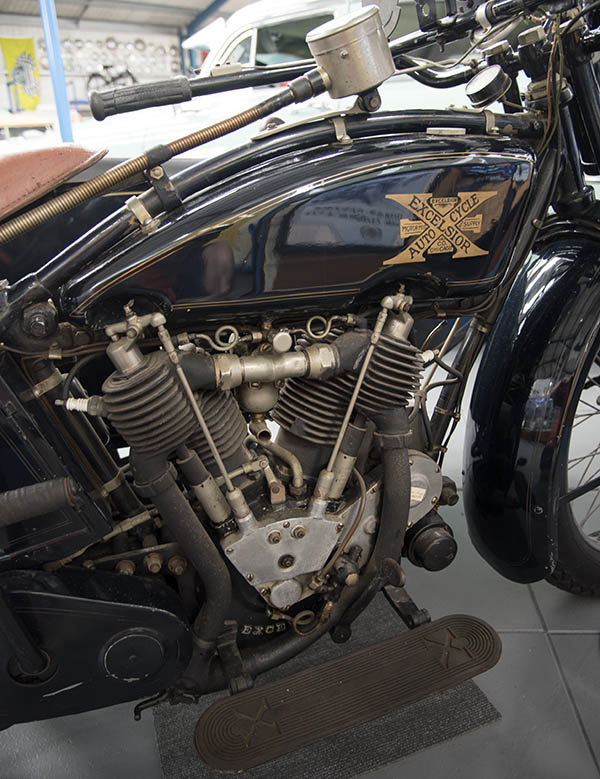
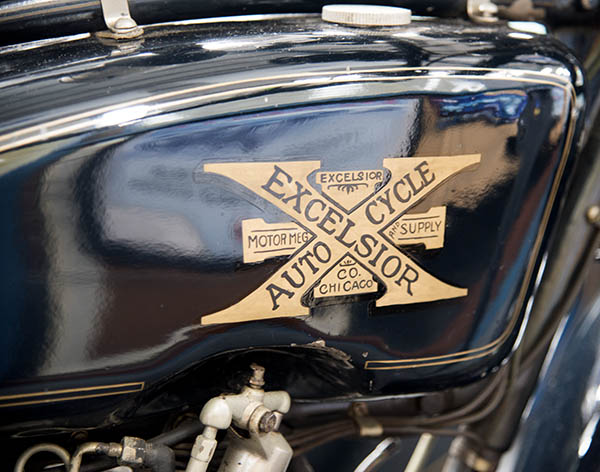
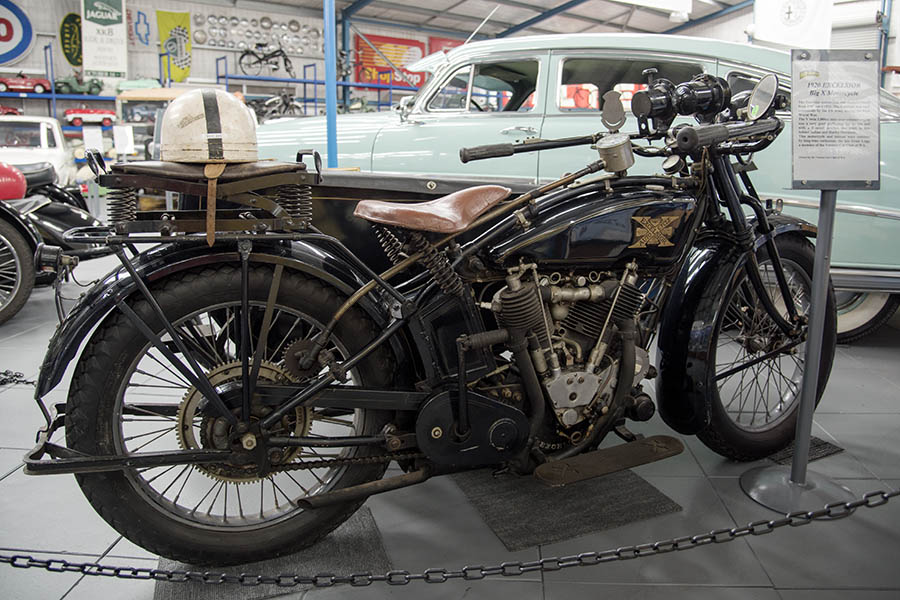
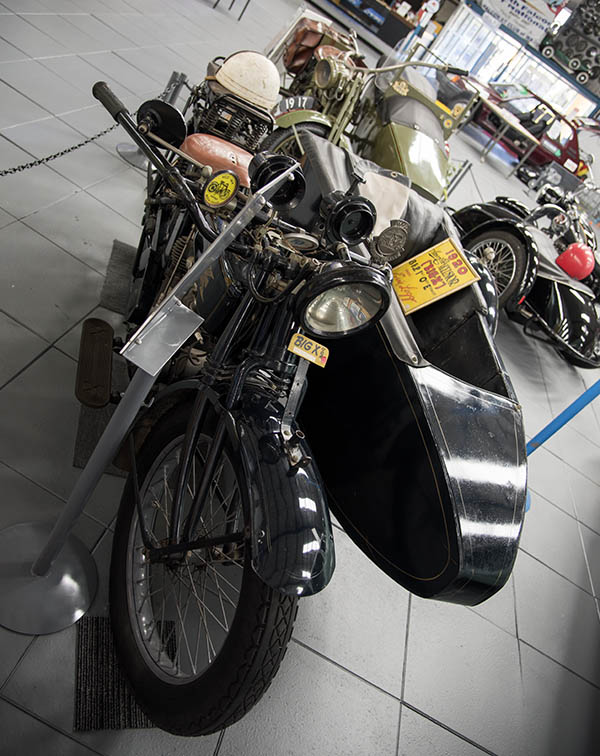
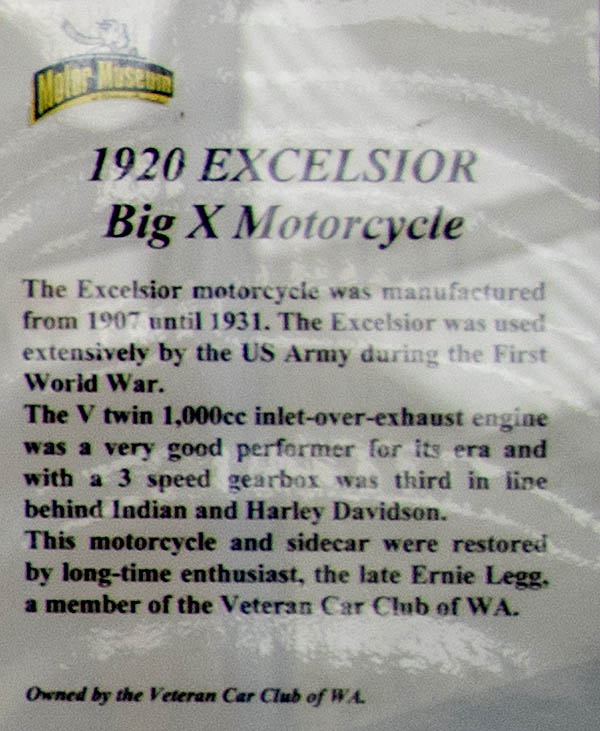 I am enjoying Australia immensely. Joe Gresh, you got it right…this is an awesome place. The western shore along the Indian Ocean, the food, the people, the scenery…it’s all amazing, and it’s not that different in feel, look, and climate than southern California. But the vintage motorcycles at the Motor Museum of Western Australia: Wowee!
I am enjoying Australia immensely. Joe Gresh, you got it right…this is an awesome place. The western shore along the Indian Ocean, the food, the people, the scenery…it’s all amazing, and it’s not that different in feel, look, and climate than southern California. But the vintage motorcycles at the Motor Museum of Western Australia: Wowee! I know…you can’t really read the print in the photo above, and that’s by design. Pick yourself up a copy of ADVMoto (it’s on the stands now). And if you want to see the blog posts from the
I know…you can’t really read the print in the photo above, and that’s by design. Pick yourself up a copy of ADVMoto (it’s on the stands now). And if you want to see the blog posts from the 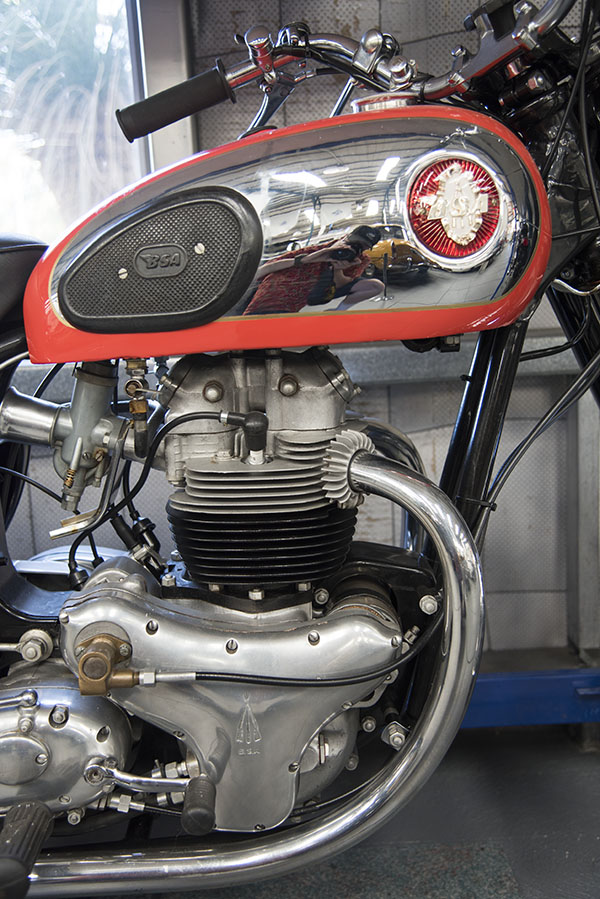
 Yep, I grabbed a bunch of photos today. Beezers, Harleys, Indians, Triumphs, Nortons, Velocettes, and more (much more, actually) to follow.
Yep, I grabbed a bunch of photos today. Beezers, Harleys, Indians, Triumphs, Nortons, Velocettes, and more (much more, actually) to follow.